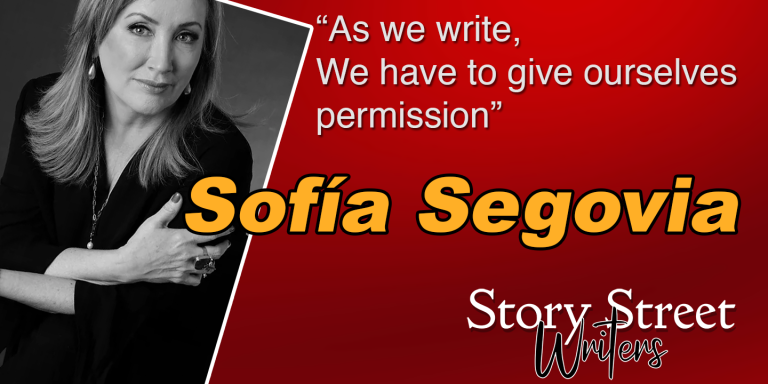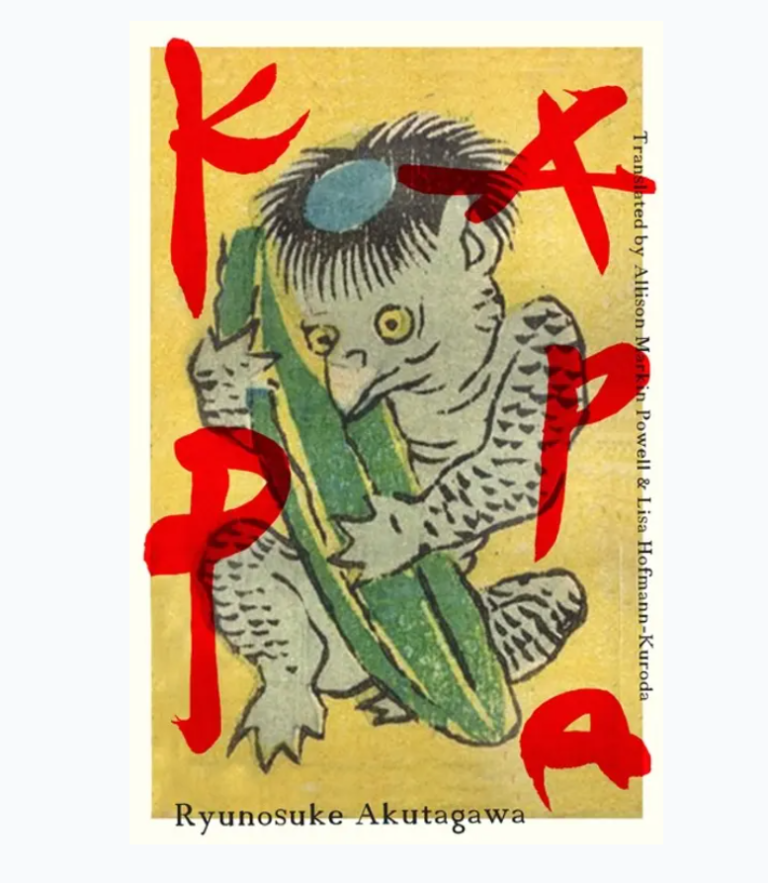Recently, my father, reading a piece of my short fiction, questioned my proclivity for unresolved, unsettling, and often sad endings. He requested that I tie things up with a nice bow and let someone in my next story live happily ever after. After that conversation, I started to wonder why I couldn’t be nicer to my characters and let them keep their houses, find their way home, or at least not die. (Sorry, Adele. It’s not my fault you left the bar with a creepy taxidermist named Sid.)
I’m not necessarily arguing that good writing hinges on uncertainty, discomfort, and despair. The longevity of Shakespeare’s A Midsummers Night’s Dream or Austen’s Pride and Prejudice clearly shows the enduring market for love, hope, and prosperity. Yet, I prefer the “sweet sorrow” of Romeo and Juliet and would read Edith Wharton’s The House of Mirth ten times over before revisiting Austen. As I tried to uncover why, I remembered a lesson I learned at Harvard Extension School in a personal essay class with the wise and inspiring Dr. Collier Brown.
Our main text was Phillip Lopate’s The Art of the Personal Essay. From the thirty-one-page introduction alone, I learned more about essays and writing in general than I had from entire books on craft. From Seneca to Joan Didion, each essayist taught me something about why writers make the choices they make. Two essays, however, that weren’t a part of the anthology but supplements provided by Dr. Brown address my concerns about why I shy away from more pleasurable, cookie-cutter endings: “Letters to a Young Contrarian” by Christopher Hitchens and “Hope and the Artist: The Virtues of Enlightenment over Feel-Goodism” by Ta-Nehisi Coates.
Echoing Phillip Lopate’s assertion that “there is no quicker way to demonstrate idiosyncrasy and independence than to stand a platitude on its head,” Christopher Hitchens’ essay encourages fearless dissent in a world prone to seeking “approval or security” over enlightenment. In “Letters to a Young Contrarian,” he solicits correspondence from budding contrarians with dispositions “to resistance, however slight, against arbitrary authority or witless mass opinion.” Ta-Nehisi Coates’ “Hope and the Artist: The Virtues of Enlightenment over Feel-Goodism” exemplifies the type of response Hitchens’ call seeks from free-thinkers who “feel themselves in some fashion to be apart.”
In his essay, Coates argues against the popular notion “that writing that does not offer hope is necessarily deficient or somehow useless.” Channeling Joan Didion, Coates has “no time for piety,” believing that “[e]nlightenment—the rendering of academic facts as human reality, the transformation of dead stats into something touchable, the rejection of ‘the blessed darkness’—is the point.” He finds a raw, provocative example of meaningful yet “hopeless” art in Nas’s hip-hop song, “One Love,” where an honest rendering of youth violence can’t and shouldn’t withstand a fabricated “fairy tale” ending “via a light from above, a deus ex machina of hope.”
Coates, with the type of courage Hitchens requires of “dissidents,” dares to find value in lyrics “advising a kid how to kill other kids” as “one of the great illustrations of how living amidst constant violence necessarily alters one’s standards and mores.” With the exposure of such tragic, unadulterated reality, hope or lack thereof isn’t the point. What matters, according to Hitchens, is “the essence of the independent mind” that “lies not in what it thinks, but in how it thinks.” And Coates concludes that “hope for hope’s sake, hope as tautology, hope because hope, hope because ‘I said so,’ is the enemy of intelligence.” So, as Lopate asserts, standing hope or any mindless “platitude on its head,” therefore, creates room, in the words of Coates, “to say something larger” even if the message doesn’t always feel good.
Will I ever write a story or novel with a hopeful, happy ending? Absolutely, as long as it resonates with authenticity and has something meaningful to say. Besides, I promised my father I would.
If you want to read Lopate’s The Art of the Personal Essay and explore the essays mentioned in this article, please follow the links below:
The Art of the Personal Essay by Phillip Lopate
Letters to a Young Contrarian by Christopher Hitchens
“Hope and the Artist: The Virtues of Enlightenment over Feel-Goodism” by Ta-Nehisi Coates
https://www.theatlantic.com/entertainment/archive/2015/11/hope-and-the-artist/417348
- Helping Writers “Keep the Magic Flowing,” an Interview with Productivity Coach Kristina Chilian - October 23, 2025
- A World of Connection Close to Home: My Experience at the 23rd Annual James River Writers Conference - October 16, 2025
- Reframing Rejection: Giving Your Tired Hang-ups Vibrant New Life - June 27, 2025
Sign up to our newsletter to receive new articles and events.




